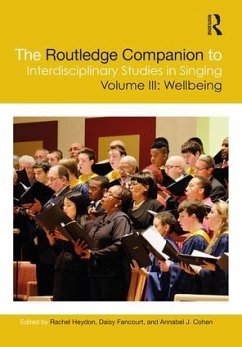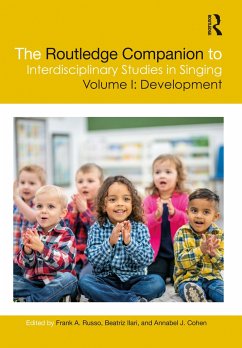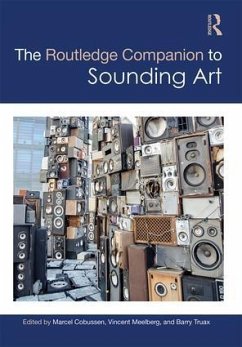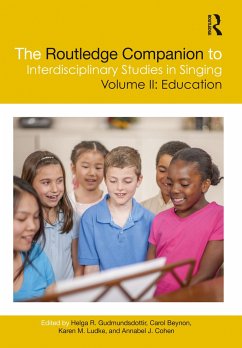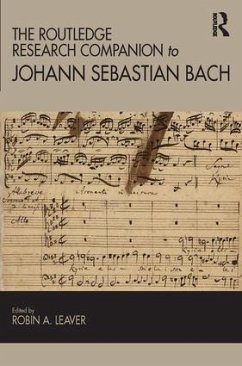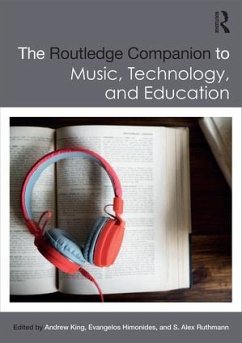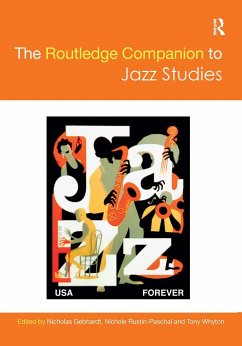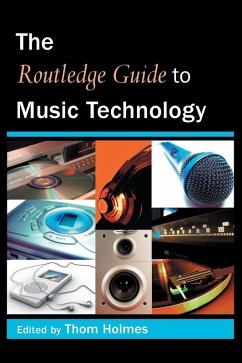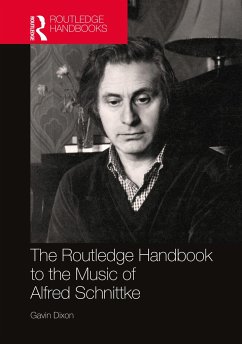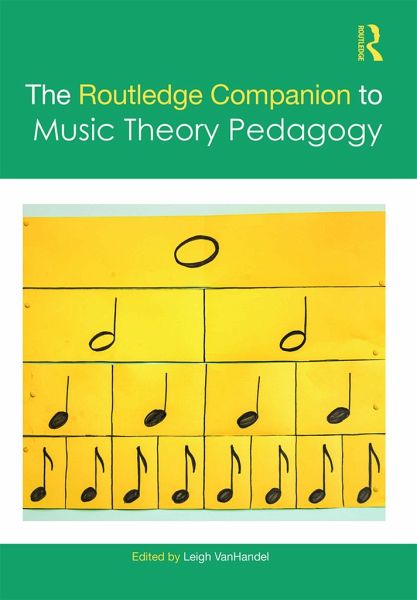
The Routledge Companion to Music Theory Pedagogy
Versandkostenfrei!
Versandfertig in 1-2 Wochen
258,99 €
inkl. MwSt.

PAYBACK Punkte
129 °P sammeln!
Today's music theory instructors face a changing environment, one where the traditional lecture format is in decline. The Routledge Companion to Music Theory Pedagogy addresses this change head-on, featuring battle-tested lesson plans alongside theoretical discussions of music theory curriculum and course design.



